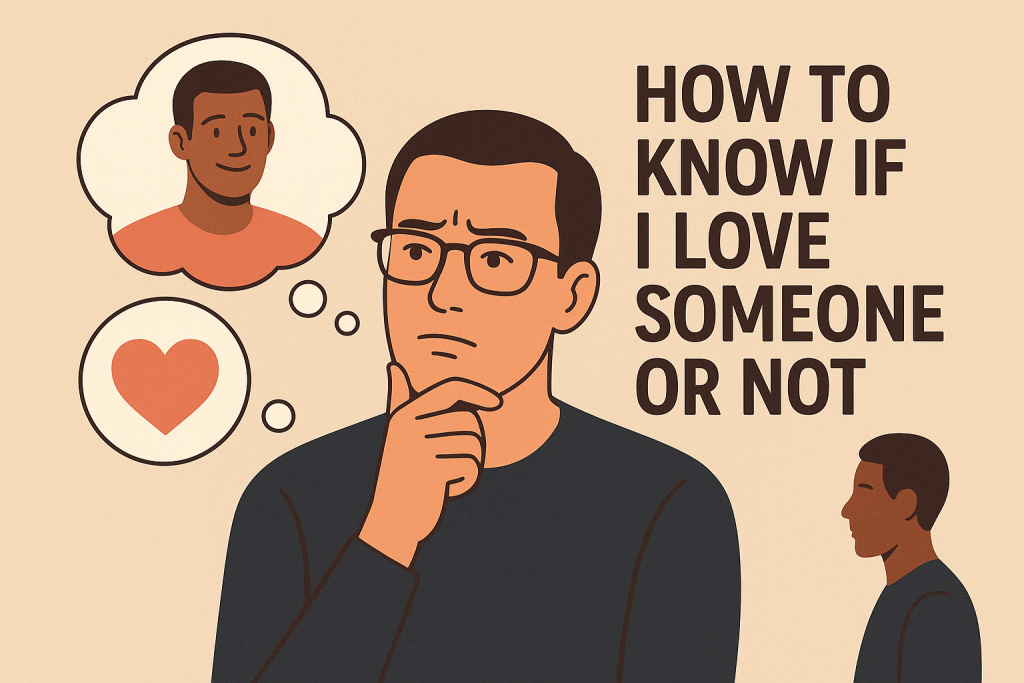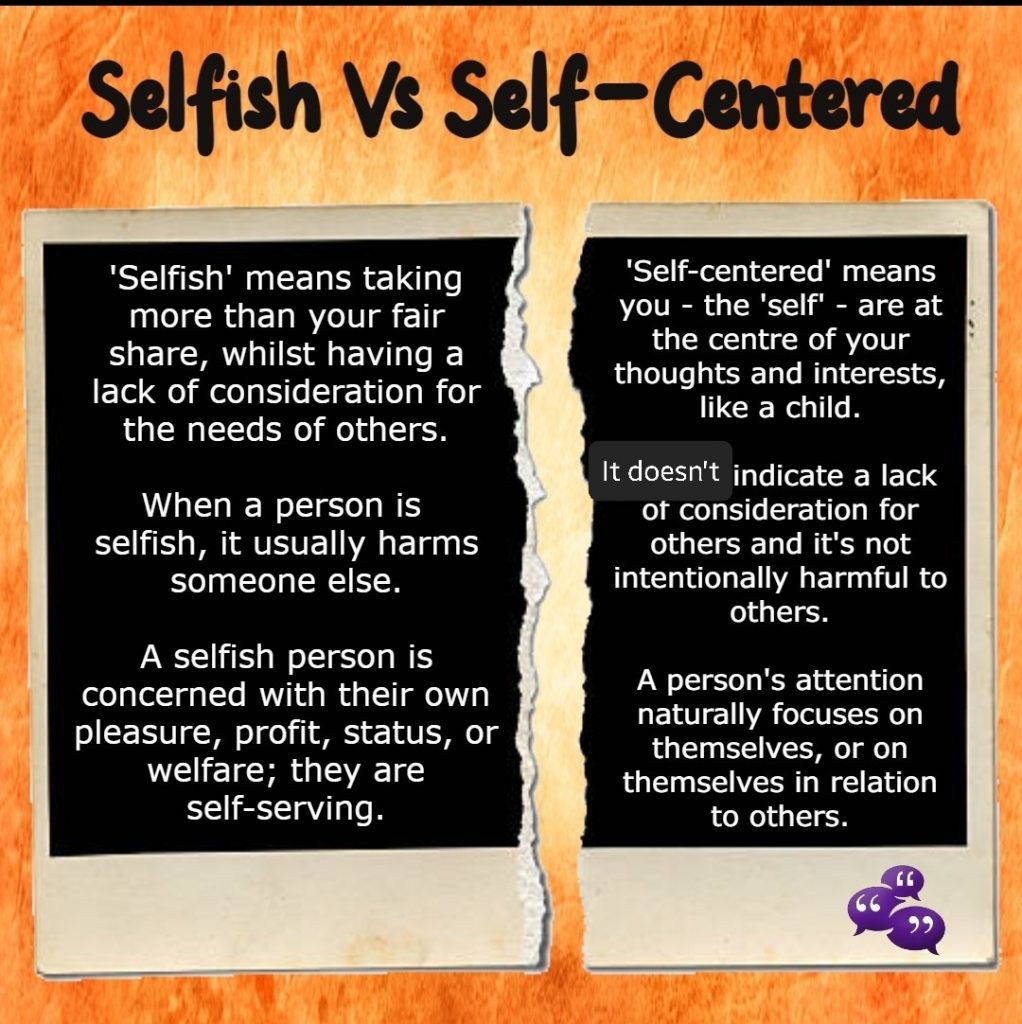There have been various theories and models proposed over time to help us understand why individuals use alcohol and other drugs, and why some people become dependent or ‘addicted’ but not others. The following are several models or theories of addiction. They reflect the political, medical, spiritual, and social forces of those times in history.
The Moral Model
Alcohol and tobacco was introduced in the Western countries during the 1500’s. The widespread use and misuse of chemical substances resulted in a range of social problems and it was thought by some that substance use was “problematic” and “morally wrong” (Lassiter & Spivey, 2018). The moral model viewed AOD dependency as a moral and personal weakness that involved a lack of self-control, and was often viewed as a potential danger to society (Stevens & Smith, 2014).
The moral model considered addiction a “sin” and a result of free, yet irresponsible, choice. Therefore, many politically conservative groups, religious groups, and legal systems tended to punish the individual who uses AOD. The moral model or attitude towards addiction can still be seen today in certain cultures. Those who still believe addiction is morally “wrong” tend to perceive the most appropriate way to treat the individuals who use AOD are through legal sanctions, such as imprisonment and fines. For example, in many countries, drivers who are caught under the influence of alcohol or other drugs are not considered for treatment programs but instead receive court sentences as punishments (Fisher & Harrison, 2017).
This model has been rejected by alcohol and other drugs professionals as unscientific and contributes to the stigma surrounding addiction and substance use (White, 1991, cited in Fisher & Harrison, 2017).
The Disease Model
This model takes up the medical viewpoint and proposes addiction as a disease or illness that an individual has. It proposed that addiction is a disease that is progressive and chronic whereby the individual holds no control as long as the substance use continues. In other words, their addiction will continue to deteriorate with the continuous AOD (Thombs & Osborn, 2019). It also proposes that individuals who uses AOD can never be cured from addiction, though it can be readily treated through sustained abstinence such as self-help fellowships and treatment community.
In the 1940s, Jellinek proposed a disease model in relation to alcoholism, arguing that it is a disease caused by a physiological deficit in an individual, making the person permanently unable to tolerate the effects of alcohol (Stevens & Smith, 2014). Jellinek identified signs and symptoms and clustered them into stages of alcoholism, as well as progression of the disease, which form the basis of 12-step or Anon-type programs (e.g., Alcoholics Anonymous and Narcotics Anonymous; Stevens & Smith, 2014).
Under the disease model, treatment requires complete abstinence. Once an individual has accepted the reality of their addiction and ceased substance use, they are labelled as being in recovery, but are never ‘cured’ (e.g., “Once an alcoholic, always an alcoholic”; Thombs & Osborn, 2019). Whilst originally applied to alcohol dependency, it has now been generalised to other substances and many traditional substance use treatment models are based on this model (Capuzzi & Stauffer, 2020; Stevens & Smith, 2014).
The disease model offered an alternative to the moral theory, helping to remove the moral stigma attached to addiction and replacing it with an emphasis on treatment of an illness (Capuzzi & Stauffer, 2020). Disease theory helped to explain how some people experience the physiological effects of addiction such as dependence, tolerance, and withdrawal more than others, and how these mechanisms are caused by a biochemical abnormality in an individual which increases their likelihood of developing a dependency (DiClemente, 2018).
While the disease model was well received by a range of professionals, many criticised it because research did not find that the progressive, irreversible progression of addiction through stages always occurs as predicted (Capuzzi & Stauffer, 2020). Additionally, many in the AOD field argued that the model did not address the complex interrelated factors that accompany dependency (Stevens & Smith, 2014). Finally, some professionals argued that the concept of addiction being a disease may also convey the impression to some individuals that they are powerless over their dependency and/or not responsible for the consequences of destructive addictive behaviours, which can be counteractive to treatment (Capuzzi & Stauffer, 2020).
Genetic and Neurobiological Theories
These theories suggest that some people may be genetically predisposed to develop drug dependency. For example, individuals usually begin substance use on an experimental basis. They then continue using because there is some reinforcement for doing so (e.g., a reduction of pain, experience of euphoria, social recognition, and/or acceptance, etc.). Some people may continue to use substances in a controlled or recreational manner with limited consequences while others progress to non-medical use and eventually develop a dependency. Why? Genetic and neurobiological theories propose that this is the result of a genetic predisposition to drug dependency (Fisher & Harrison, 2017).
Factors being considered by researchers in the genetic transmission of dependency on alcohol include neurobiological features such as an imbalance in the brain’s production of ‘feel good’ neurotransmitters or in the metabolism of ethanol, which is the key component of alcohol (Stevens & Smith, 2014). Other researchers explored genetic differences in temperament and personality traits which they argued may lead to certain individuals becoming more vulnerable in the face of challenging environmental circumstances, leading to AOD use (Stevens & Smith, 2014). Genetic predispositions such as these may explain why some individuals develop dependency on AOD while others in similar situations do not.
The Psycho-dynamic Model
This model proposes that substance use may be due to an unintentional response to some difficulties that an individual experienced in their childhood. This explanation is based on the theory that was put forward by Sigmund Freud, whereby the problems of whether we are able to cope with difficulties as adults are linked to our childhood experience. Many counselling approaches today are based on this theory which aim to seek understanding of people’s unconscious motivations and to enhance how they view themselves (Capuzzi & Stauffer, 2020).
The Psycho-dynamtic model also believes that AOD use is often secondary to a primary psychological issue. In other words, alcohol and other drugs is a symptom rather than a disorder, and AOD use is a means to temporarily relieve or numb emotional pain. For example, an individual suffering from depression might self-medicate with stimulants to relieve the enervating effects of depression or manage their anxiety by using benzodiazepines (Fisher & Harrison, 2017).
There is evidence to support this model, whereby childhood traumatic events are associated with mental health problems and substance use disorders. Wu et al. (2010) conducted a study among 402 adults who were receiving substance use disorder treatments. They revealed that almost all (95%) of the participants experienced one or more childhood traumatic events, and 65.9% of them experienced emotional abuse and neglect from their childhood. The authors also reported that the higher the number of childhood traumatic events experienced, the higher the risk of substance use disorders and mental health problems such as post-traumatic stress disorder.
Personality Traits
Some theorists suggest that certain individuals have certain personality traits that are linked to AOD dependency. For example, dependency on alcohol has been associated with traits such as developmental immaturity, impulsivity, high reactivity and emotionality, impatience, intolerance, and inability to express emotions (Capuzzi & Stauffer, 2020).
Social Learning Model
This model suggests that social learning processes such as observing other peoples behaviours (i.e., modelling) and cultural norms are important in the process of learning behaviours. Albert Bandura proposed Social Learning Theory which would argue that substance use is initiated by environmental stressors or modelling people around you with “perceived status”. For example, a child observes their parents use alcohol in social situations and the child is therefore more likely to perceive that AOD use for social situations is appropriate (Harrison & Fisher, 2017); the association between socialisation and alcohol has been established.
The social learning model also recognises the influence of cognitive processes such as coping, self-efficacy, and outcome expectancies. Some researchers are currently focusing on how an individuals expectation of the effects of drugs influence the pattern of AOD use and resulting dependency. Russell (1976, cited in Wise & Koob, 2013) suggested that dependency on substance is not only chemical (biological) but also behavioural and social in nature.
It has also been suggested that substance use occurs when an individual thinks substance use is a coping mechanism. This can be learned from television and film, social medial, peer influence, or messages from caregivers during childhood. The individual hopes the AOD use will relieve from them from stress (Stevens & Smith, 2014).
Socio-cultural Model
Different from the previous models, the socio-cultural model perceives substance use as an issue of society as a whole instead of focusing only on the individual. People tend to overestimate the influence of internal and psychological factors while underestimating the external and environmental factors, even among some alcohol and other drugs workers (Gladwell, 2000, cited in Lewis, Dana, & Blevins, 2015). Thus, this model highlights the importance of how society shapes substance use behaviours, such as cultural attitudes, peer pressures, family structures, economic factors, and more (Bobo & Husten, 2000). For example, Coffelt et al. (2006) found that parents’ alcohol use are associated with their children’s drinking behaviour, whereby when the adult’s alcohol problems increased, the likelihood of their adolescent child’s alcohol use increased.
The Biopsychosocial Model
Substance use behaviour cannot be explained or understood scientifically or spiritually based on a single variable, antecedent, or “cause”. Biological, psychological, learning, social and cultural context all contributes to explaining why addiction develops and maintains. The interactions between these factors are presented in The Biopsychosocial Model – arguably the most commonly used model to explain addiction today. The model suggests that substance use and the progression of substance dependency can be explained by recognising that the body and mind are connected within a social and cultural context (Skewes & Gonzalez, 2013).
The model allows any combination of biological, psychological, social and cultural factors to contribute to AOD misuse and dependency, rather than a single dominating factor. This is much more holistic and integrative when attempting to understand the determinant of addiction (Stevens & Smith, 2014).
References:
- Bobo, J. K., & Husten, C. (2000). Sociocultural influences on smoking and drinking. Alcohol Research and Health, 24(4), 225-232.
- Capuzzi, D., & Stauffer, M. D., Sharpe, C. W. (2020). History and etiological models of addiction. In D. Capuzzi, & M. D. Stauffer (Eds.), Foundations of addictions counseling (pp. 1-22). Pearson Education.
- Coffelt, N. L., Forehand, R., Olson, A. L., Jones, D. J., Gaffney, C. A., Zens, M. S. (2006). A longitudinal examination of the link between parent alcohol problems and youth drinking: The moderating roles of parent and child gender. Addictive Behaviours, 31, 4, 593-605. https://doi.org/10.1016/j.addbeh.2005.05.034
- DiClemente, C. C. (2018). Addiction and change: How addictions develop and addicted people recover. The Guilford Press.
- Fisher, G. L., & Harrison, T. C. (2017). Substance abuse: Information for school counsellors, social workers, therapists, and counsellors. Pearson Education.
- Lassiter, P. S., & Spivey, M. S. (2018). Historical perspectives and the moral model. In P. S. Lassiter, & J. R. Culbreth (Eds.), Theory and practice of addiction counselling. (pp. 27-46). Sage Publications.
- Lewis, J. A., Dana, R. Q., & Blevins, G. A. (2015). Substance abuse counselling. Cengage Learning.
- Skewes, M. C., & Gonzalez, V. M. (2013). The biopsychosocial model of addiction. In P. M. Miller, A. W. Blume, D. J. Kavanagh, K. M. Kampman, M. E. Bates, M. E. Larimer, N. M. Petry, P. D. Witte, S. A. Ball (Eds.), Principles of addiction: Comprehensive addictive behaviours and disorders (pp. 61-70). Academic Press.
- Stevens, P., & Smith, R. L. (2014). Substance abuse counselling: Theory and practice. Pearson Education.
- Teesson, M., Hall, W., Proudfoot, & Degenhardt, L. (2012). Addictions. Taylor & Francis Group.
- Thombs, D. L., & Osborn, C. J. (2019). Introduction to addictive behaviours. The Guilford Press.
- Wise, R. A., & Koob, G. F. (2013). The development and maintainance of drug addiction. Neuropsychopharmacology, 39, 254-262.
- Wu, N. S., Schairer. L. C., Dellor, E., & Grella, C. (2010). Childhood trauma and health outcomes in adults with comorbid substance abuse and mental health disorders. Addictive Behaviors, 35(1). 68-71. https://doi.org/10.1016/j.addbeh.2009.09.003


